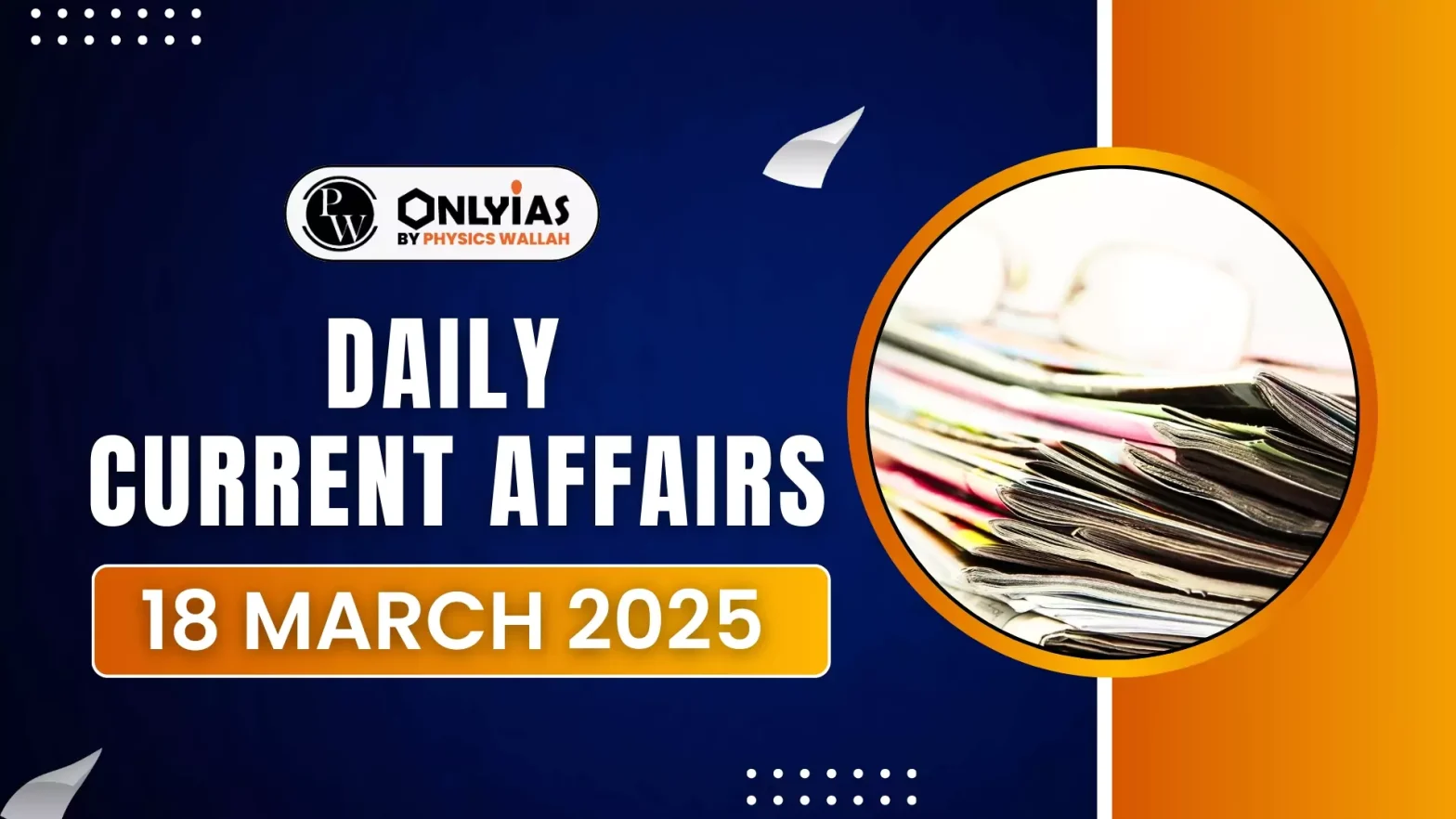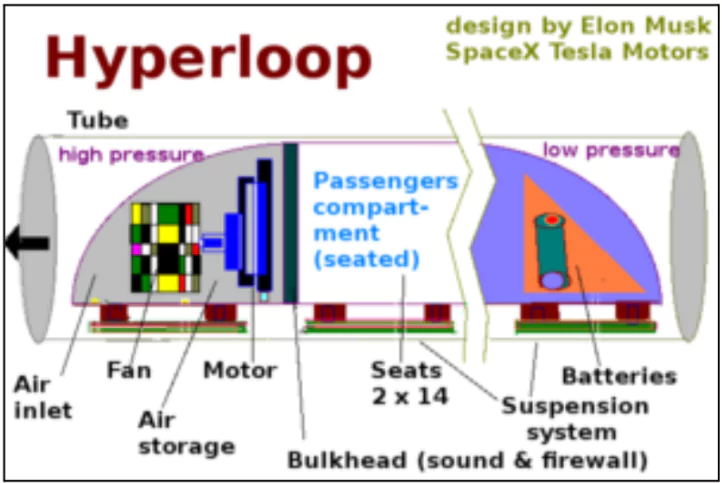![]() 18 Mar 2025
18 Mar 2025

The electronics component technology for the Hyperloop transportation project will now be developed at Integral Coach Factory (ICF) Chennai.
 It is an ultra-fast ground transportation system for passenger and cargo, consisting of a network of tubes with pods traveling at ultra-high speeds (more than 1000 kmph) in a vacuum.
It is an ultra-fast ground transportation system for passenger and cargo, consisting of a network of tubes with pods traveling at ultra-high speeds (more than 1000 kmph) in a vacuum.
India’s Hyperloop Project
|
|---|
<div class="new-fform">
</div>